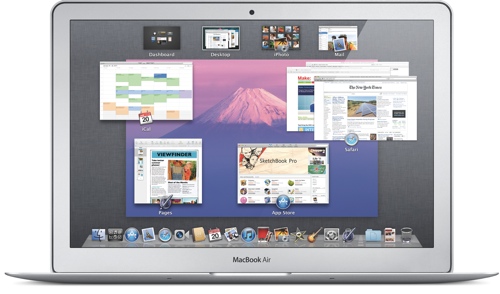The number of mobile health applications available to consumers now surpasses 165,000, as developers incorporate innovative data collection features linked to sensors and wearables, according to a new report released today by the IMS Institute for Healthcare Informatics.
While most available apps focus on overall wellness, healthcare systems and professionals are expressing greater interest and excitement in broader app use as barriers to mainstream adoption of mHealth are removed—especially in the area of chronic disease management.
The IMS Institute study (http://tinyurl.com/oqzeo8n) found that one in 10 apps now has the capability to connect to a device or sensor, providing biofeedback and physiological function data from the patient and greatly extending the accuracy and convenience of data collection. Nearly a quarter of consumer apps are now focused on disease and treatment management, while two-thirds target fitness and wellness. The number and variety of mHealth apps present an overwhelming set of options for consumers, resulting in 40 percent of apps having fewer than 5,000 downloads.
The total number of available mHealth apps is growing rapidly, including a 106 percent increase in the number of health-related Apple iOS apps since 2013. This can present an intimidating number of choices for consumers, leading some to simply select the most popular app and others to try multiple apps in an effort to determine what is best for them.
The IMS study found that just 12 percent of mHealth apps account for more than 90 percent of all consumer downloads, with nearly half of all downloads generated by just 36 apps. Physicians also struggle with the number of apps available and the limited mechanisms for assessing accuracy, efficacy and appropriateness for their patients.
Platforms for rating, evaluating and, in some cases, certifying apps are becoming available to providers—enabling them to more confidently prescribe apps as part of disease prevention and treatment protocols. Moreover, 30-day retention rates for mHealth apps prescribed by a healthcare professional are 10 percent higher than those self-selected by patients. For prescribed fitness apps, the retention rate is 30 percent higher.


